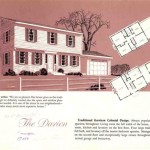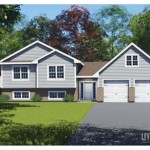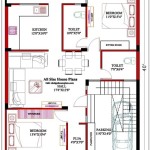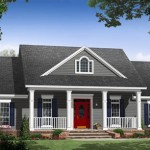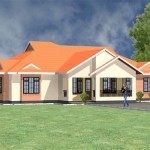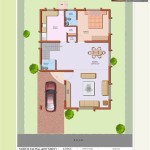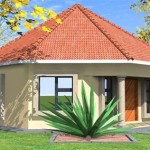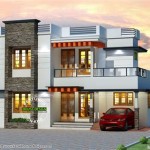Inverted Home Plans: Essential Aspects to Consider
Inverted home plans, also known as upside-down houses, have gained popularity for their unique design and functional benefits. These homes feature living areas on the upper floor and bedrooms and other private spaces on the lower floor. If you're considering an inverted home plan, here are some essential aspects to keep in mind:
Maximizing Views and Natural Light
Inverted home plans offer the advantage of placing living areas on the upper floor, which allows for panoramic views and abundant natural light. The elevated windows capitalize on the surroundings, creating a bright and spacious atmosphere. You can enjoy sweeping vistas of the outdoors from your living room and dining areas, making the most of the available scenery.
Privacy and Separation
By placing bedrooms on the lower floor, inverted homes provide increased privacy and separation between public and private spaces. The lower level acts as a secluded sanctuary for rest and relaxation, while the upper level becomes the social hub for entertaining and family activities. This separation allows for tranquility and a more distinct division of space.
Energy Efficiency
Inverted home plans can contribute to energy efficiency by utilizing natural thermal stratification. Heat tends to rise, so placing living areas on the upper floor means that they will be naturally warmer during winter months. This can reduce heating costs, as the upper level requires less artificial heating to maintain a comfortable temperature.
Enhanced Curb Appeal
Inverted home plans offer a visually striking curb appeal that sets them apart from traditional designs. The raised living areas create a dramatic architectural statement, making the home appear taller and more prominent. This unique aesthetic can enhance the overall character of your property and make it a standout in any neighborhood.
Considerations for Access and Accessibility
It's important to consider access and accessibility when designing an inverted home plan. While the upper floor living areas provide great views, they may not be suitable for everyone. If you anticipate frequent use of stairs or have concerns about future accessibility, it's crucial to factor this into your design. Consider features such as elevators or stair lifts to ensure that all levels of the home are accessible.
Balancing Natural Light with Privacy
While inverted home plans offer ample natural light, it's essential to find a balance with privacy. Large windows on the upper floor can invite unwanted attention or excessive sunlight. Consider incorporating strategic window treatments, such as curtains, blinds, or privacy film, to maintain privacy while still enjoying the benefits of natural light.
Maintenance and Utility Considerations
Inverted home plans may require additional maintenance and utility considerations. The elevated living areas can be more exposed to weather elements, so regular upkeep and inspections of the exterior are essential. Additionally, the layout of utilities, such as plumbing and electrical systems, may differ from traditional home designs, so it's important to consult with experienced professionals during planning and construction.

Inverted Living Contemporary Style House Plan 7884

Inverted Floor Plan Coastal House Plans From Home

Bridgetown Way Coastal House Plans From Home

Reverse Floor Plans With Living Spaces Up 23128jd Architectural Designs House

Addley Beach Coastal House Plans From Home

Reverse Living House Plans Beach Homes W Inverted Floor

Inverted Floor Plan Archives Beach House Room Cottage Design Furniture

Inverted Floor Plan Coastal House Plans From Home

65 Reverse Living House Plans Ideas Design

Upside Down Coastal House Plan 970015vc Architectural Designs Plans

